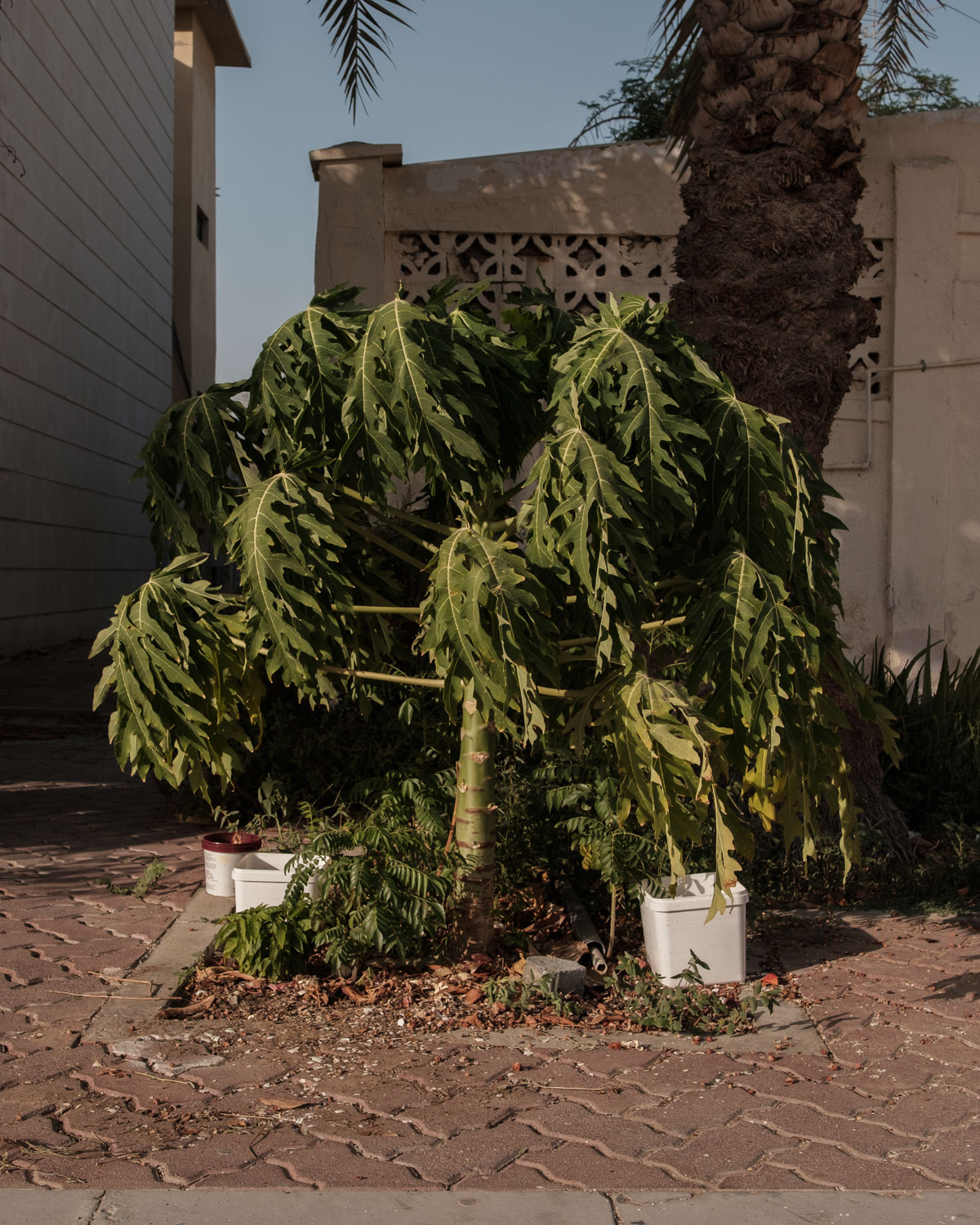WALKING ON THIN ICE
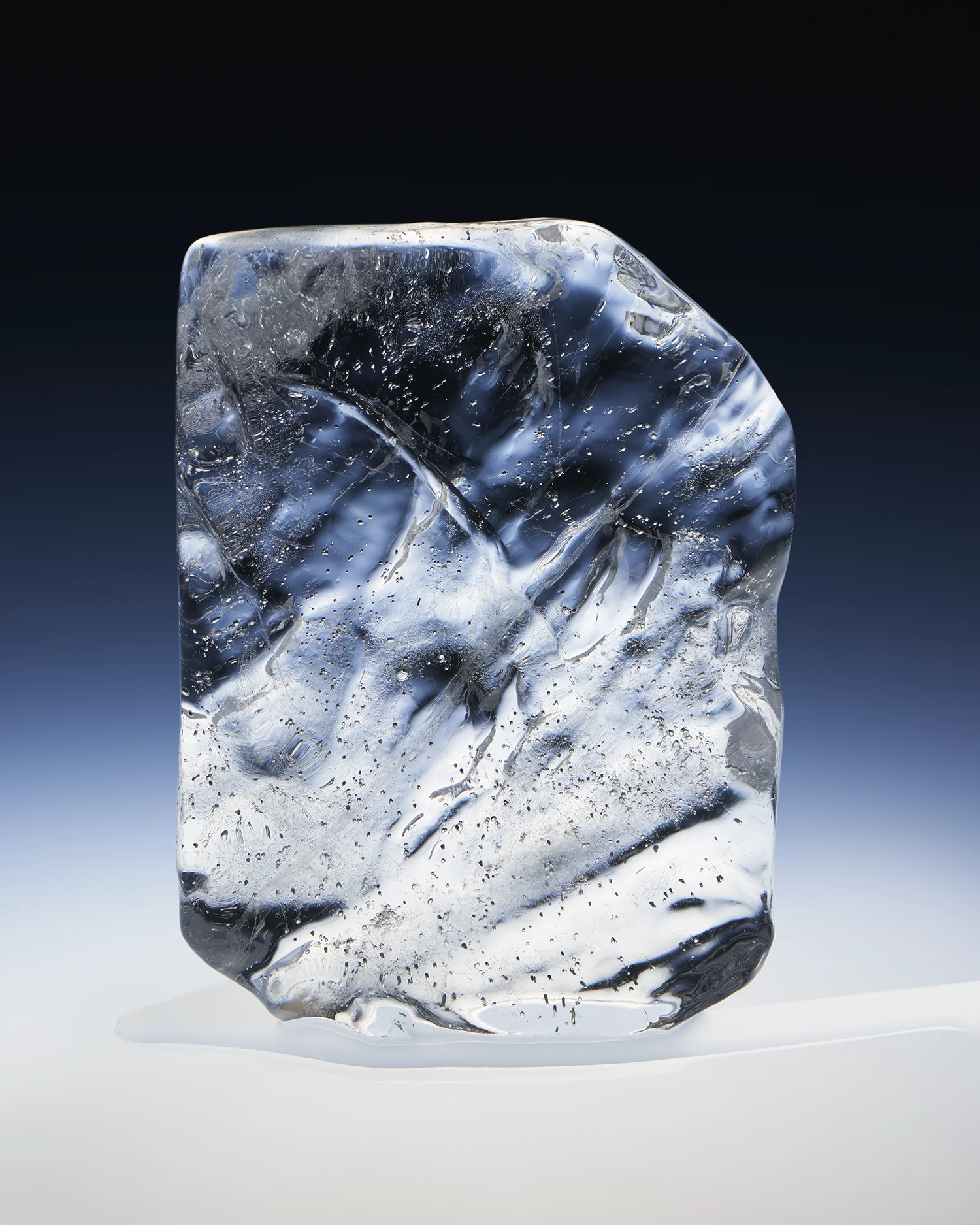
Alessandro Sorci
Glaciers, once formidable and enduring features of the Italian Alps, are now exhibiting unmistakable signs of retreat. This phenomenon, attributed primarily to global warming, presents a stark illustration of the profound impacts of climate change on our planet’s cryosphere. Scientific evidence overwhelmingly supports the assertion that glaciers in Italy, like their counterparts worldwide, are undergoing significant recession.
Scientists regularly traverse glaciers, taking precise measurements of ice thickness, surface area, and volume. These measurements, coupled with historical records and geospatial analysis, reveal a clear trend of diminishing ice mass across various glacier systems.
The impacts of glacier recession extend beyond mere observations; they have tangible consequences for both natural ecosystems and human societies. Glacier meltwater serves as a vital resource for downstream communities, supplying water for agriculture, industry, and domestic use. As glaciers recede, the availability of this water source becomes increasingly uncertain, posing challenges for water management and exacerbating the risk of water scarcity in the region.
Alpine ecosystems, adapted to cold and glaciated environments, face disruption as glaciers vanish and their associated habitats disappear. Species dependent on glacial meltwater for survival are particularly vulnerable, leading to shifts in species distributions and potential biodiversity loss.
The Alps, like other mountain ranges, are experiencing amplified warming due to a phenomenon known as elevation-dependent warming, whereby temperatures increase more rapidly at higher elevations. The consequence is a thickness loss of approximately one meter per year on majestic glaciers like the Marmolada, the Ortles or the Forni, which also lost between 30 to 50% of their area over the last 50 years.
With this short series photographer Alessandro Sorci presents his interpretation on how this dramatic issue affects Valtellina, a region one hour north of Milan that is very dear to him.
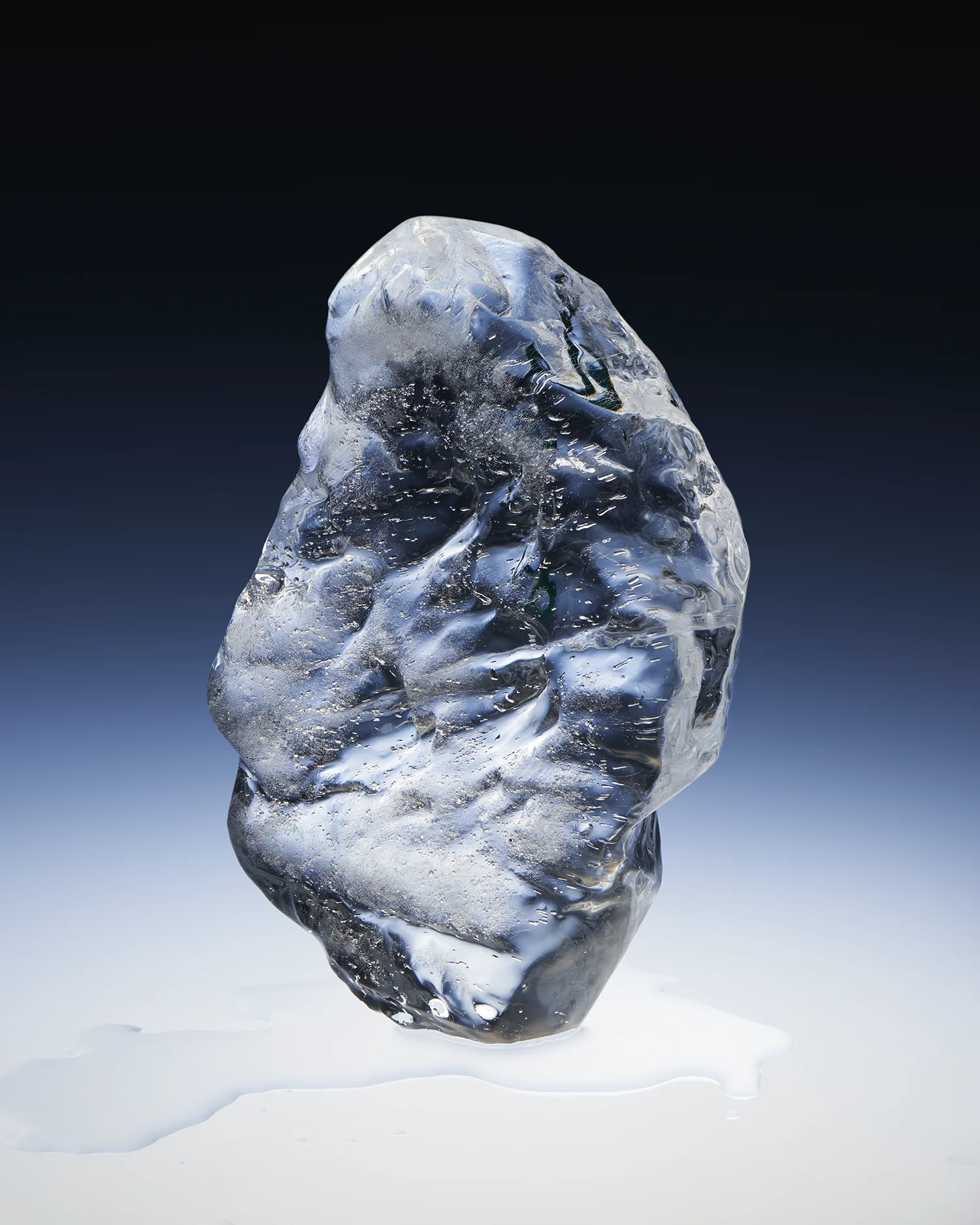
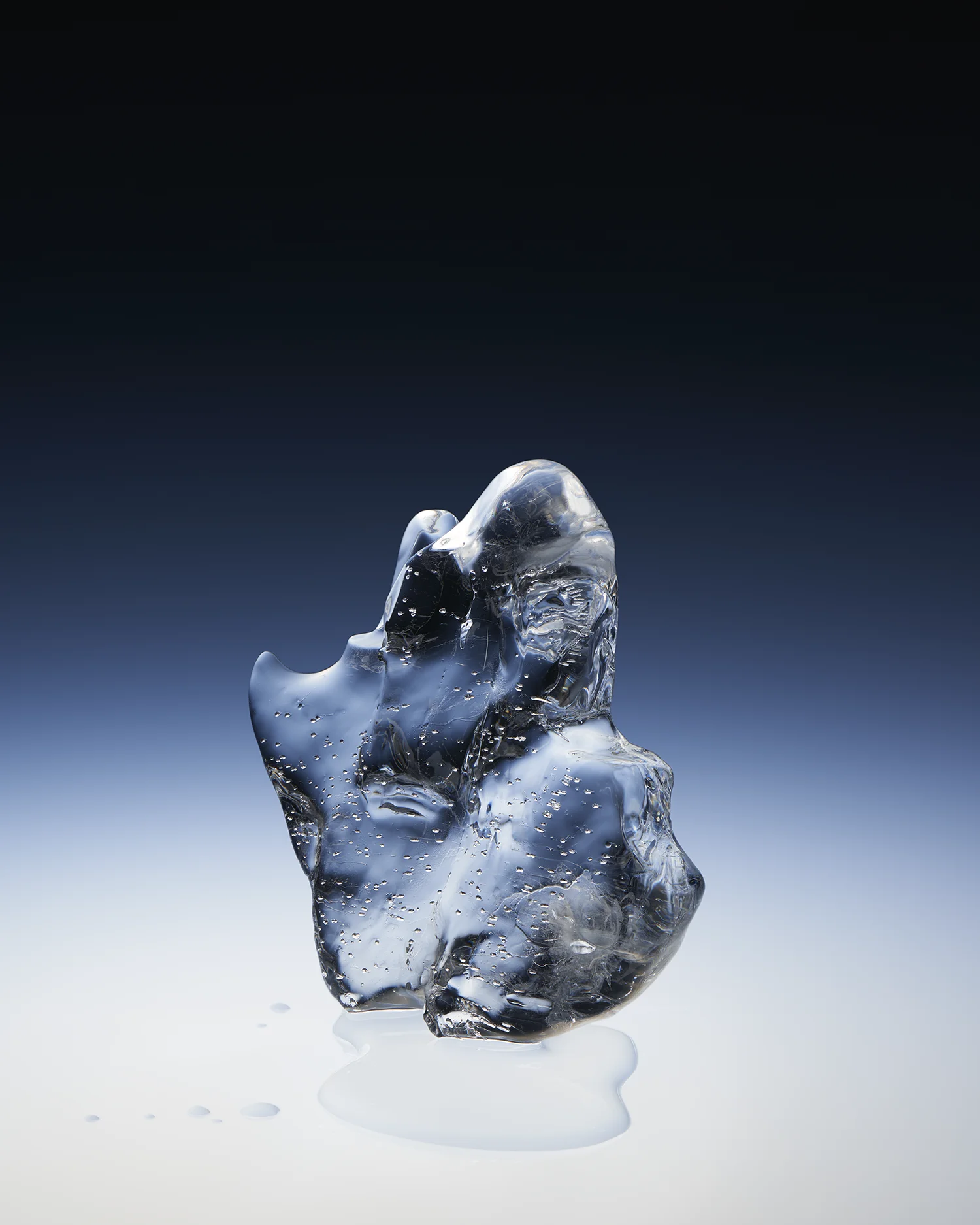
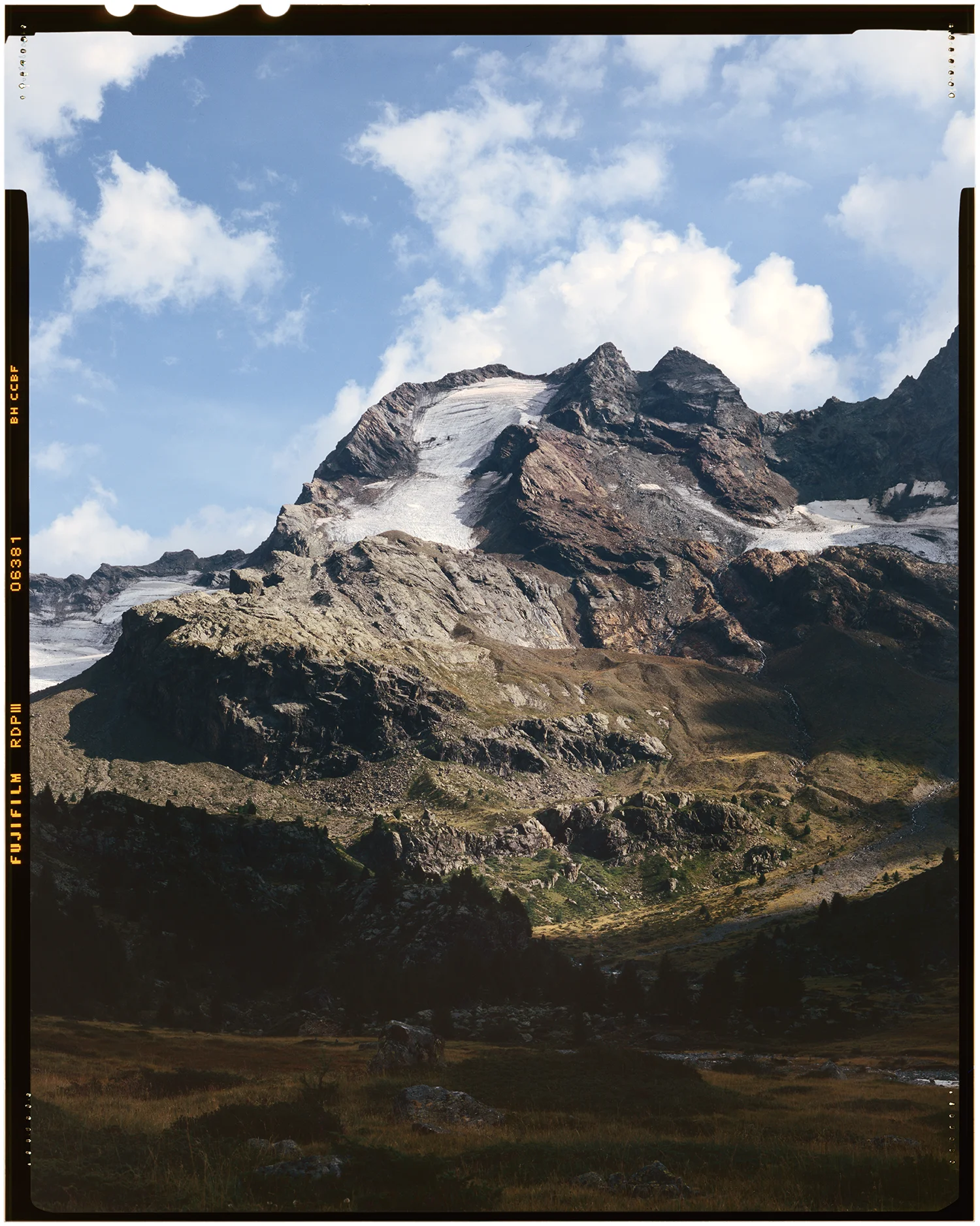
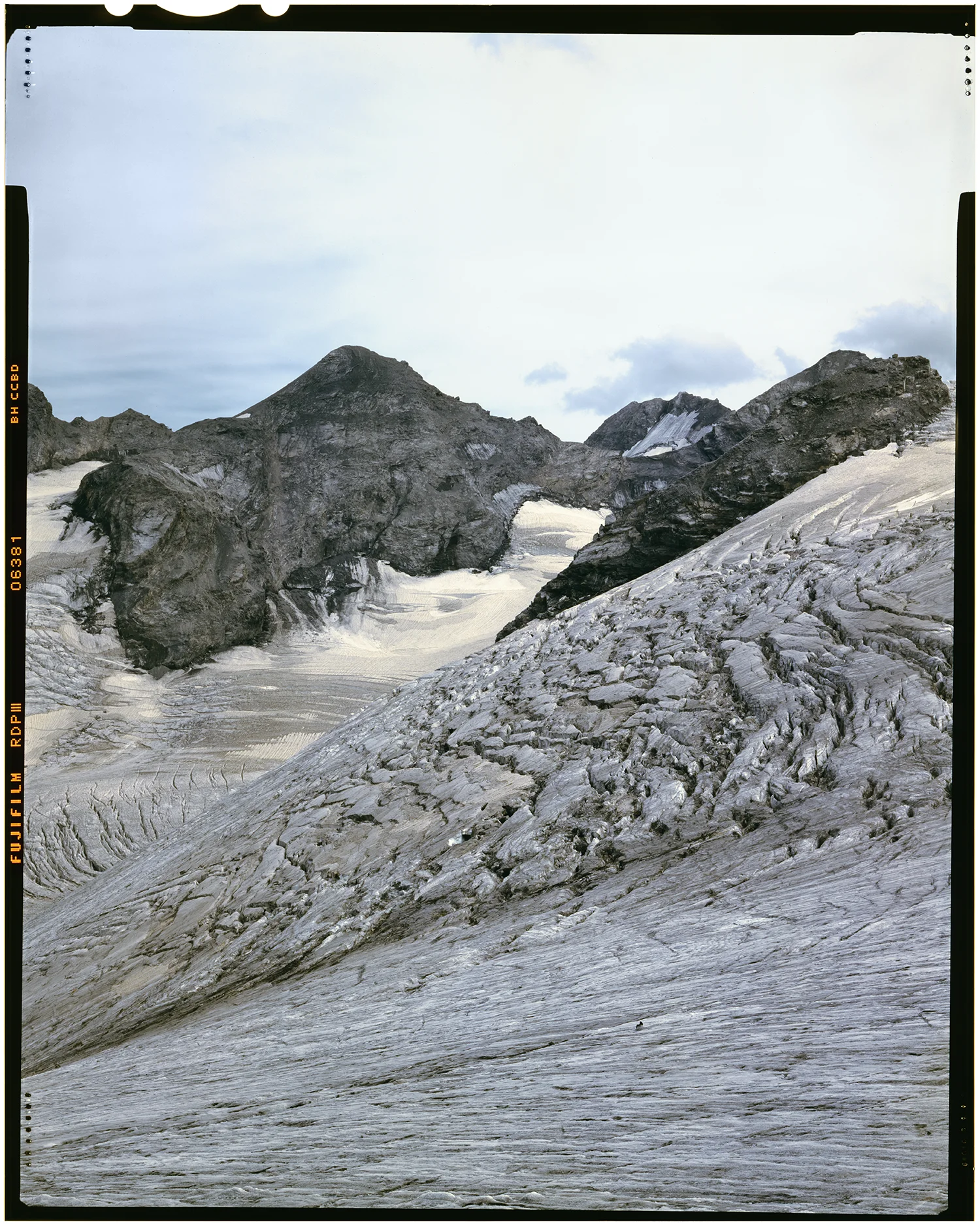
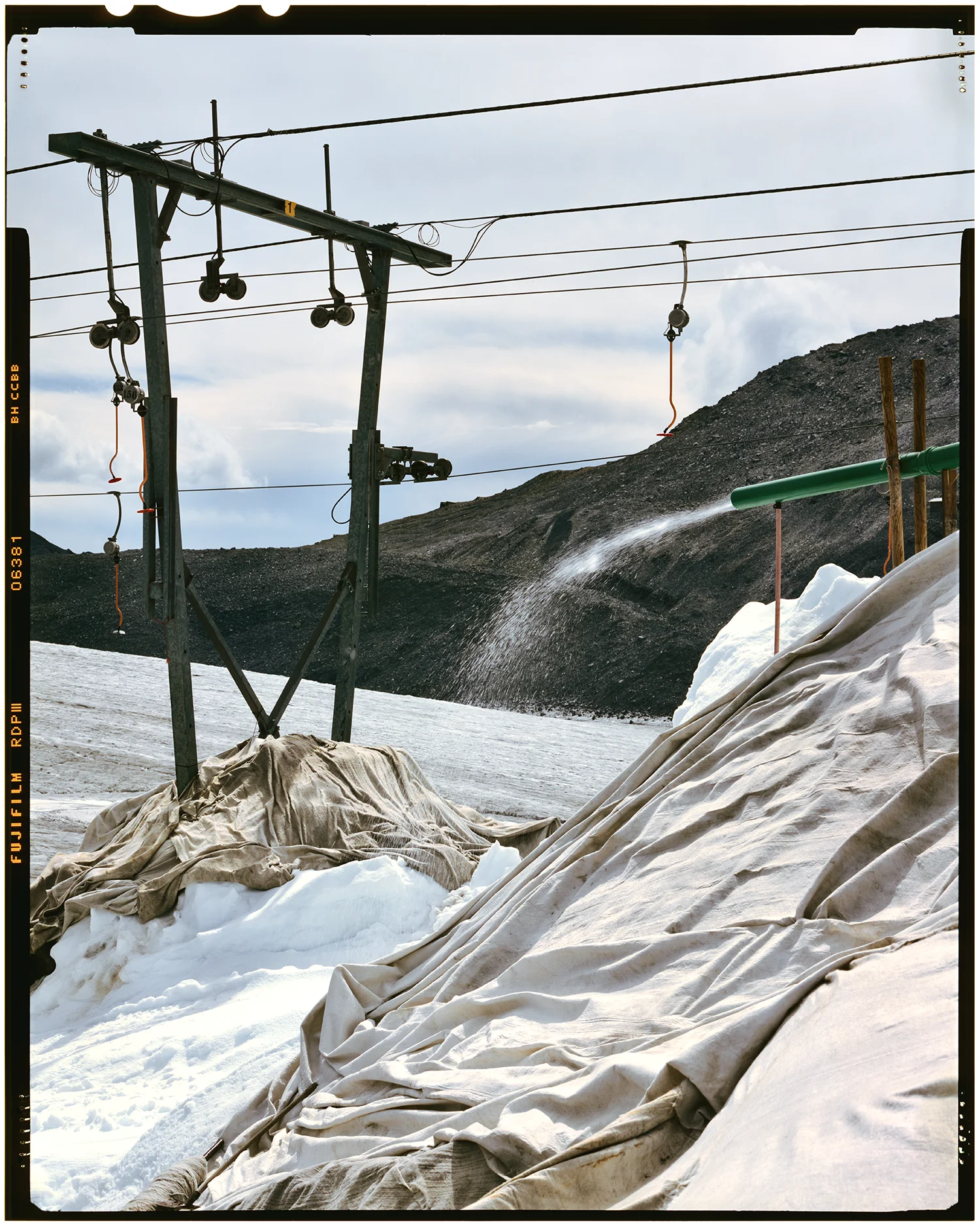
Alessandro Sorci
Still-life photographer born in Milan. After completing his studies in Photography at the University of the Arts in London, he’s gone on to shoot editorials for various publications including Cactus magazine, Wallpaper*, ICON Design, GQ Italia and D la Repubblica. Currently, he teaches the “Creative Studio” course for the Photography BA at IED Milano, dividing his time between Milan and Paris.
